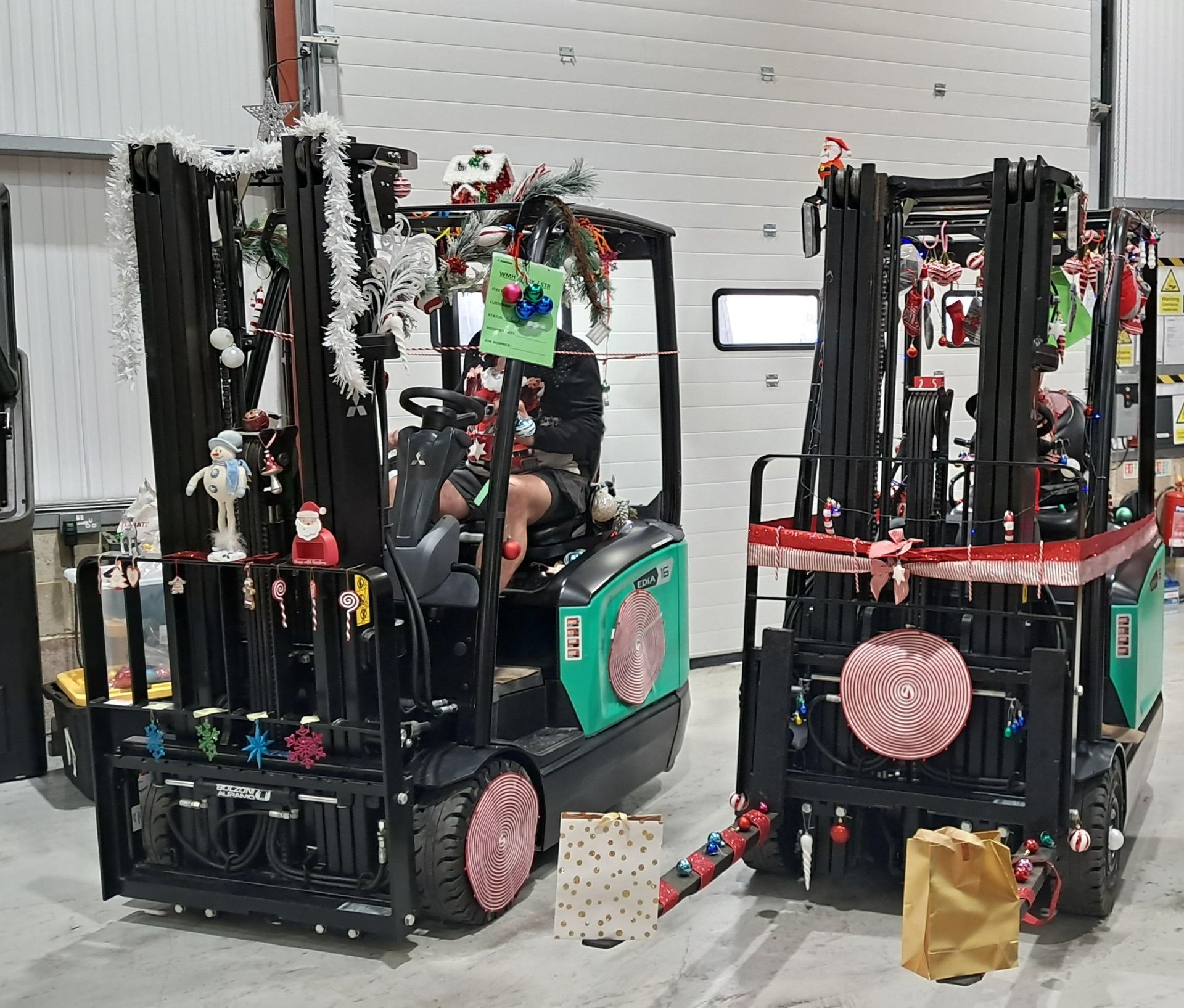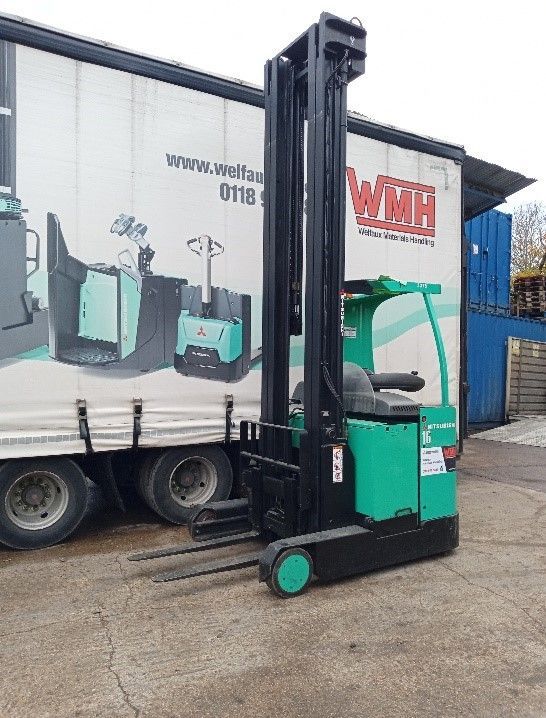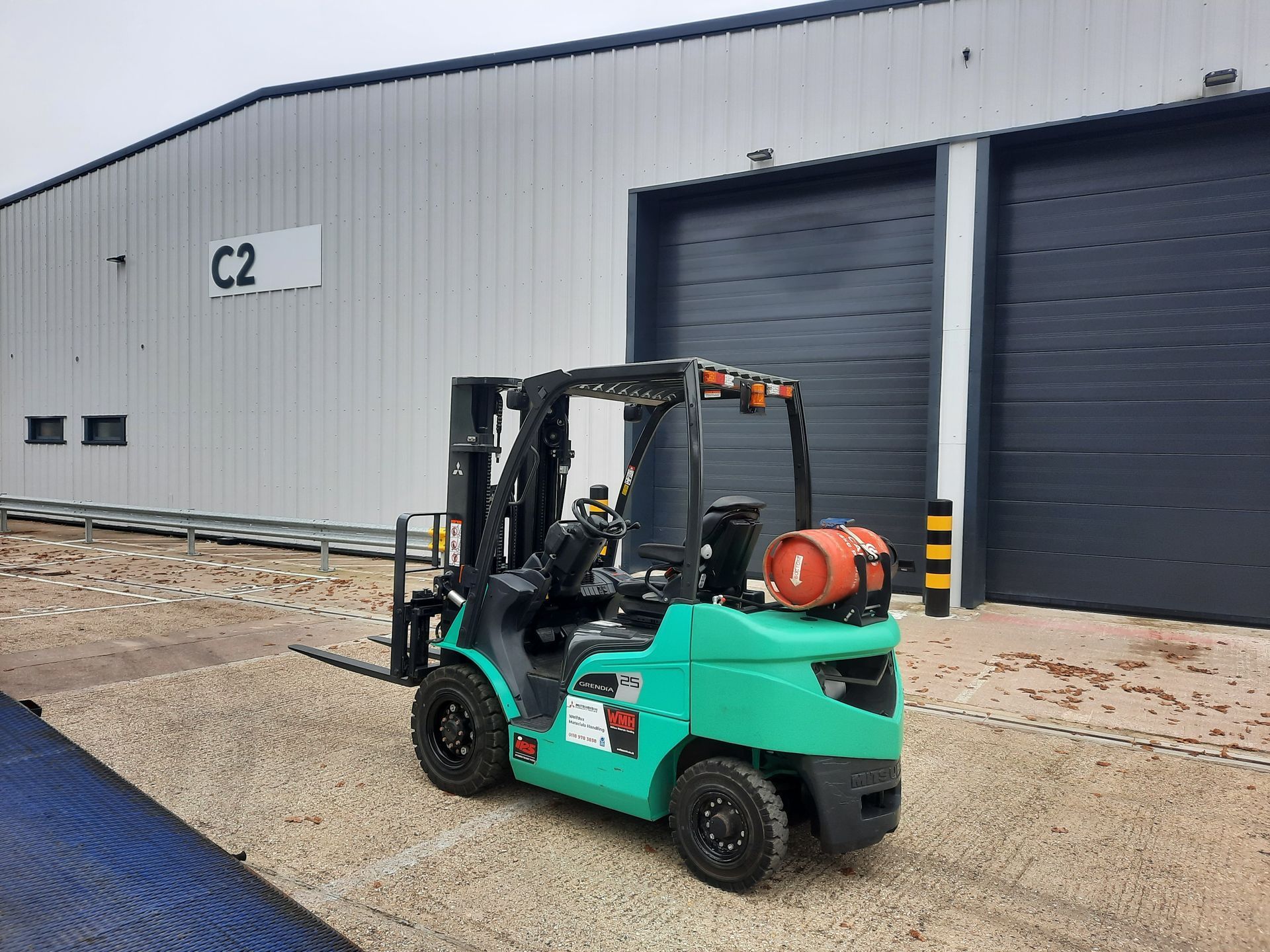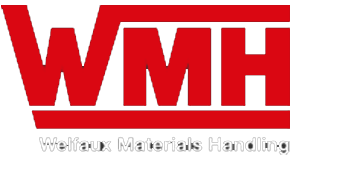News
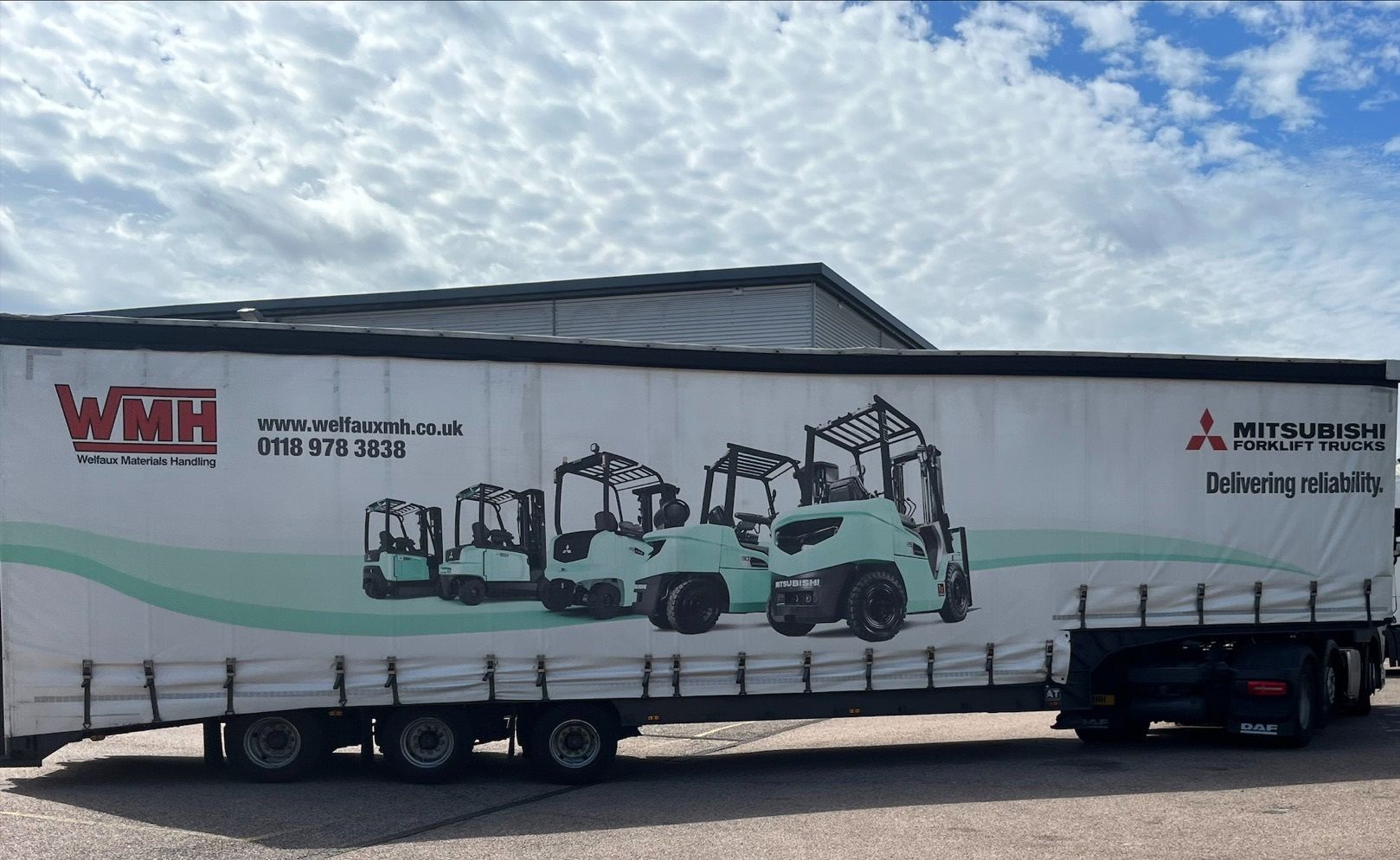
A nice, smooth delivery was made this week to our customer in RG10, who received a Mitsubishi PBP20N2R from us last year and have now received a refurbished 2016 Mitsubishi FGC70K and a new EP F4. Our customer who are specialists in Heavy Machinery relocation, handling and installation, will be benefitting from the agile, indoor and outdoor use of the FGC70 and the easy manoeuvrability of the PBP20 and EP F4 for the more smaller jobs around the warehouse. FGC70K Features: Simplex mast 3060mm Lift height 2050mm Closed height 1800mm Forks LED Lights EP F4 Features: Capacity 1500kg 1150mm Forks Polyurethane Wheels 24v 20ah Lithium Battery PBP20N2R Features: Capacity 2000kg 1150mm Forks Vulkollan Tyres 24v 375ah Battery Three phase 12hr charger For more information on our Pallet trucks, please click here And for more information on our refurbished trucks or if we can be of assistance to you and your business, please contact us and speak to one of our friendly team members - 01189783838
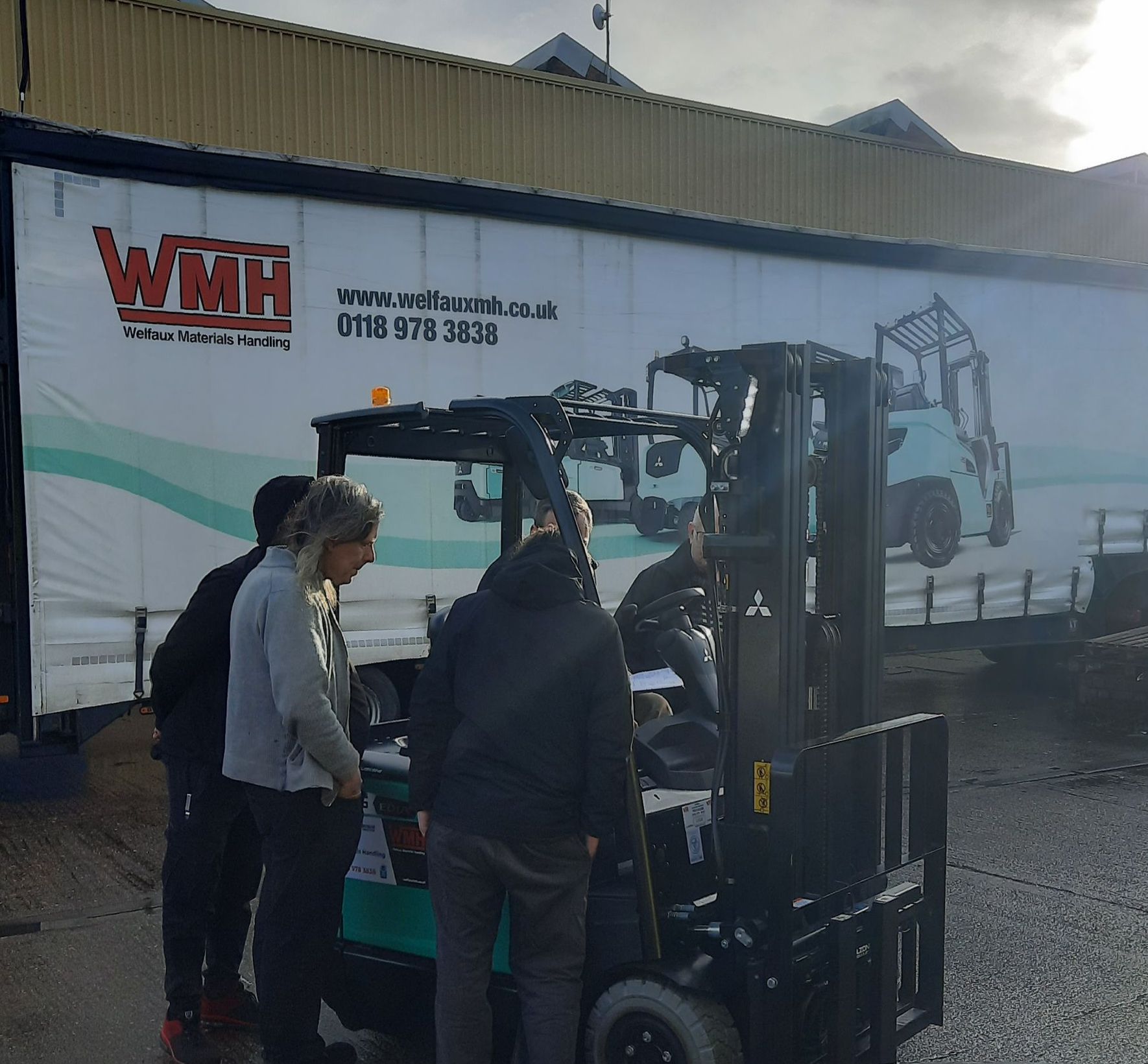
A successful Monday morning delivery to a new customer in UB6. The customer had a tour around the truck and was shown all its functions by the salesman, before taking the FB16 into their warehouse, ready to use in their everyday running of Audio equipment and services. Truck features: Triplex mast 4750mm lift height 2130mm closed height 1200mm forks 48 volt battery Hook on sideshift Rear view mirror Area Sales Manager: Oliver Martin For more information on our refurbished trucks or if we can be of assistance to you and your business, please contact us and speak to one of our friendly team members - 01189783838
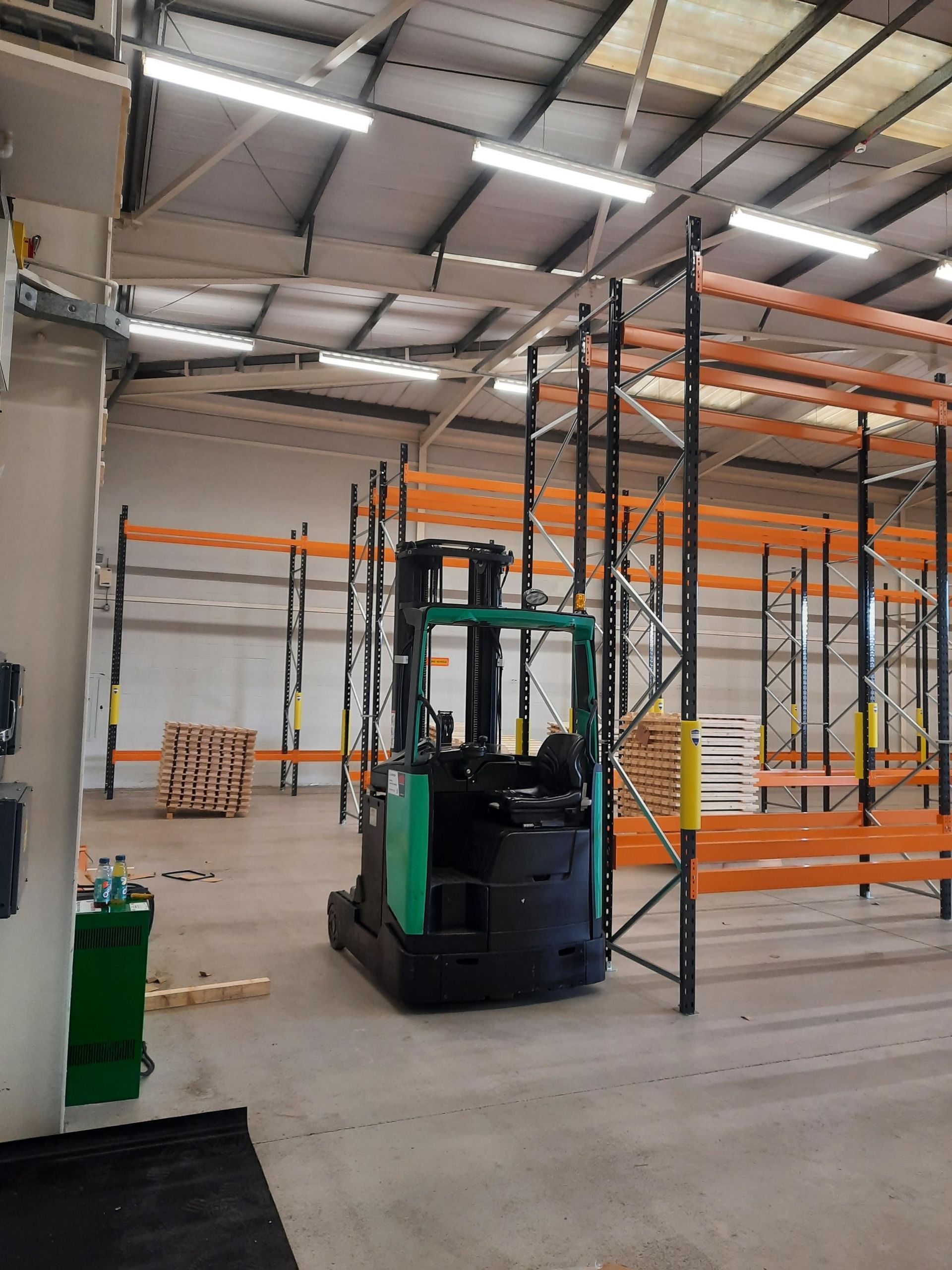
On Tuesday we kitted out one of our existing customers with a whole warehouse of Racking and one of our refurbished Mitsubishi RB14N's to hire while installation is taking place. Both elements will ensure our customer has optimal space and manoeuvrability, that will last!! Truck features: Triplex mast 6300mm lift height 2700mm closed height 1000mm forks 48 volt battery Racking supplied: Adjustable pallet racking Timber deck panels Rack end protection barriers Upright protectors For your Racking solutions, hire enquiries or if we can be of assistance to you and your business, please contact us and speak to one of our friendly team Racking - Simon Moody Hire - Sue Wicks

Training at Welfaux Welfaux employees took part in a Manual Handling Training course to ensure adequate safety, (both in the warehouse and at customer sites), when moving and/or lifting objects and equipment without the use of machinery. First off was the informative slideshow presented by our trainer Ray, followed by a testing of their knowledge and understanding, and then, the practical... All knees bent and straight backs ensured a pass for our team. With this information our team are not only providing a safe working environment for themselves but also for everyone working alongside them. Well done everyone 🏆 For more information about the Training we provide, please click here Welfaux have almost 4 decades of experience in forklift dealerships. To find the right forklift truck for you please get in touch - here

